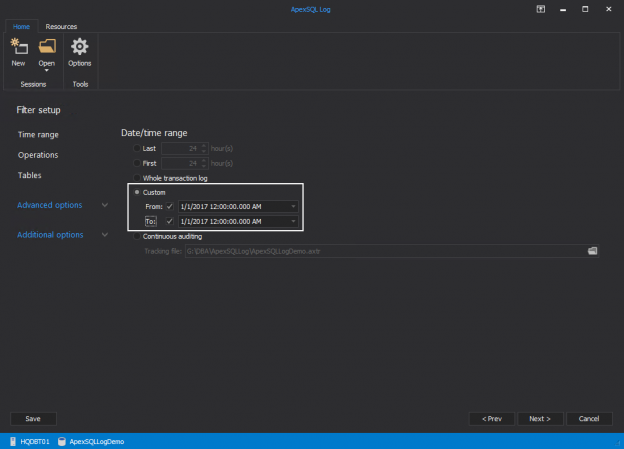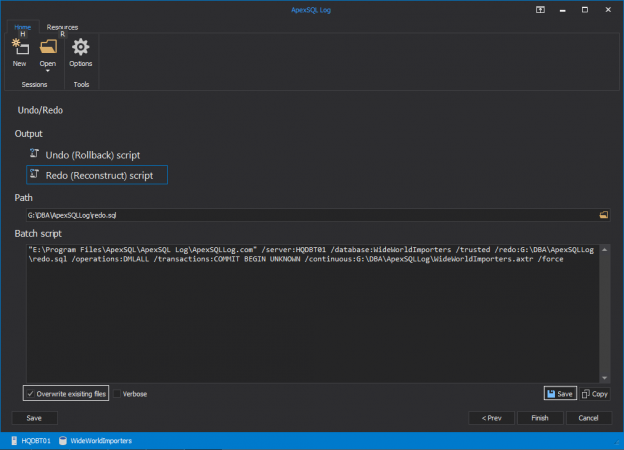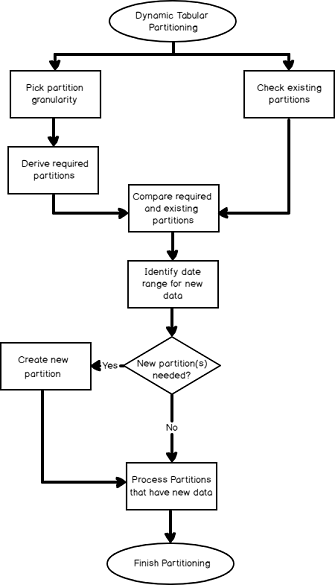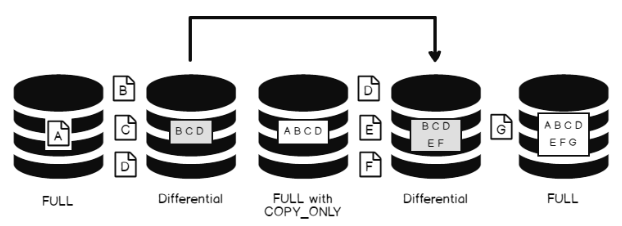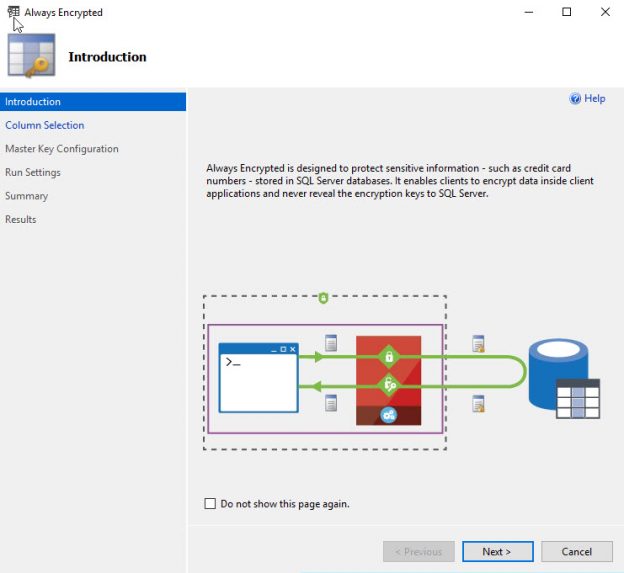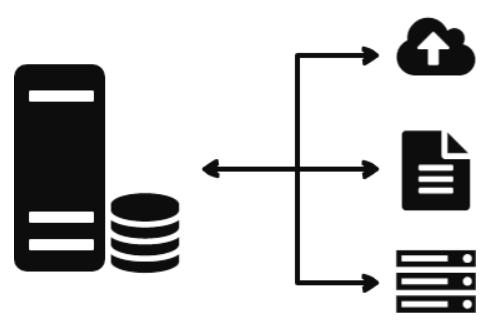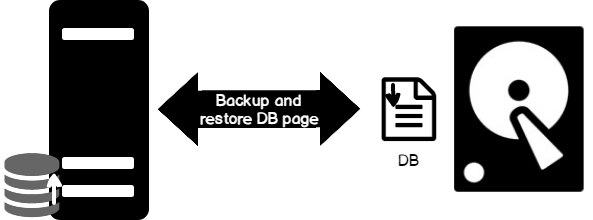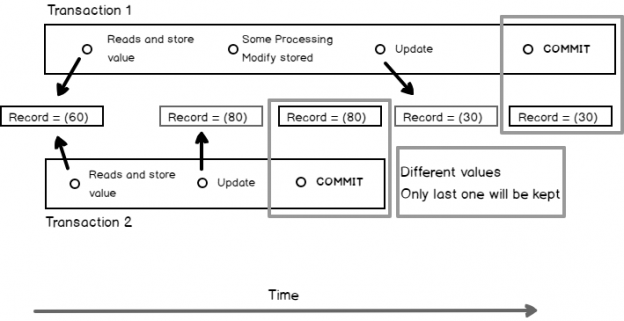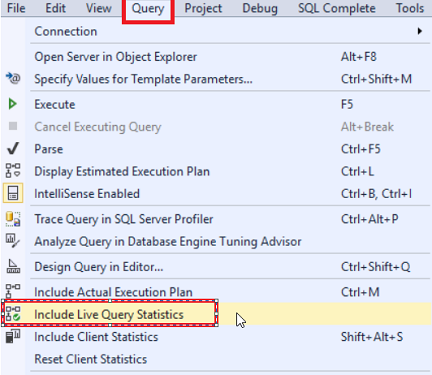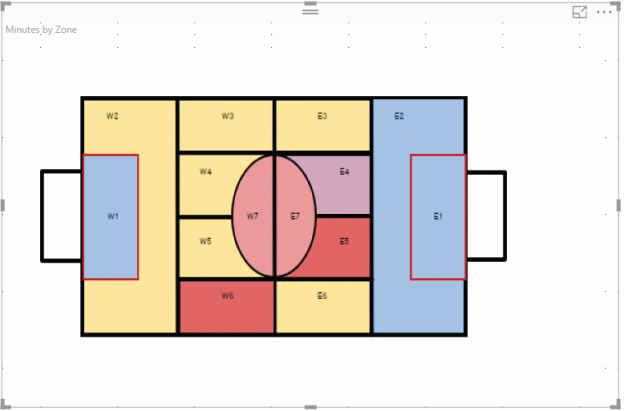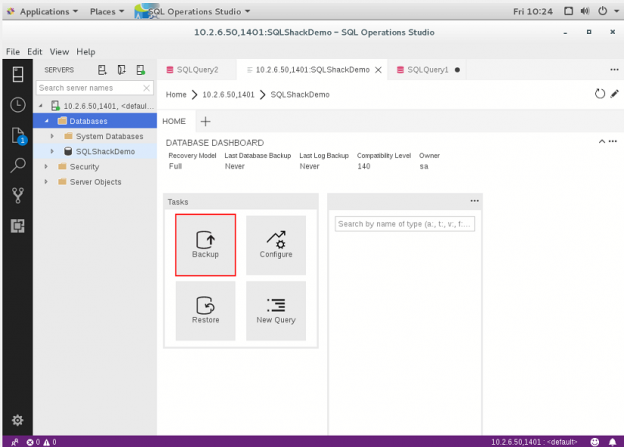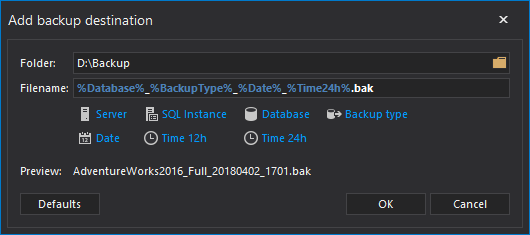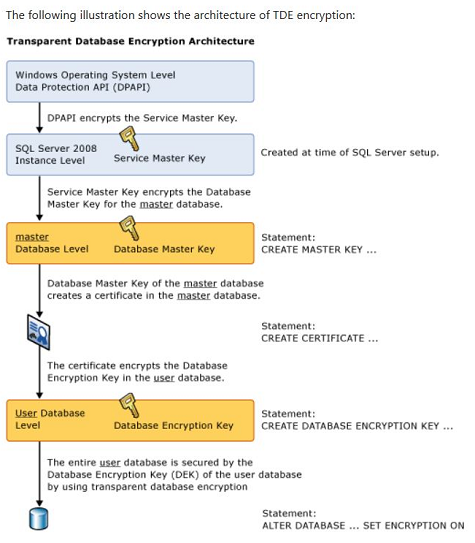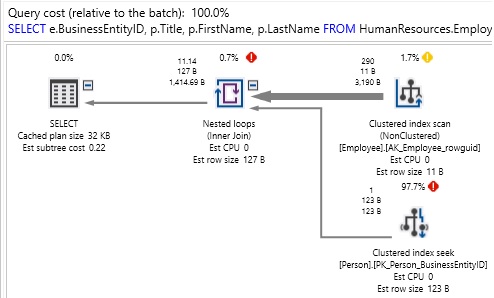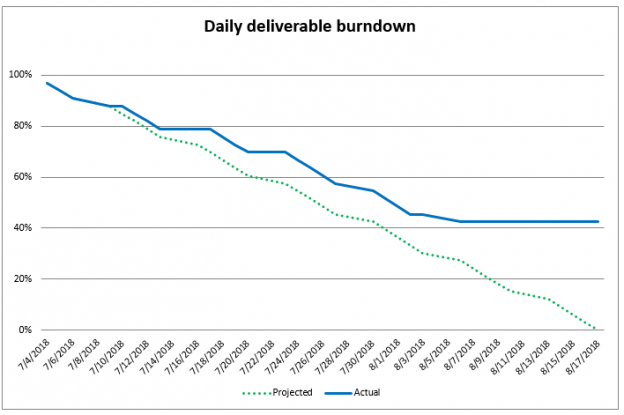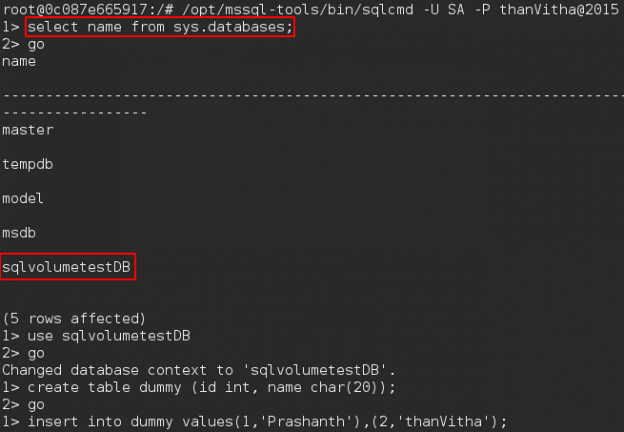Outline
In this article, you’ll see how to simulate production loads on a test server with a “record and replay” type situation using the transaction log, batch scripting, PowerShell and a SQL Server agent job.
We’ll be walking through the scenario in the following steps
- Record the production load and write the transactions to disk by generating a timestamped replay script
- Create a batch file to automate the task at an interval of every 1 minute
- Create a SQL Server agent job to schedule the batch file
- Replay the production workload to the target/test database by running a PowerShell script to open and execute the scripts at the same interval as they were created, every 1 minute
- Validate the data between the source and the target databases to make sure our job works
- Monitor the load with a monitoring tool, solution of your choice

